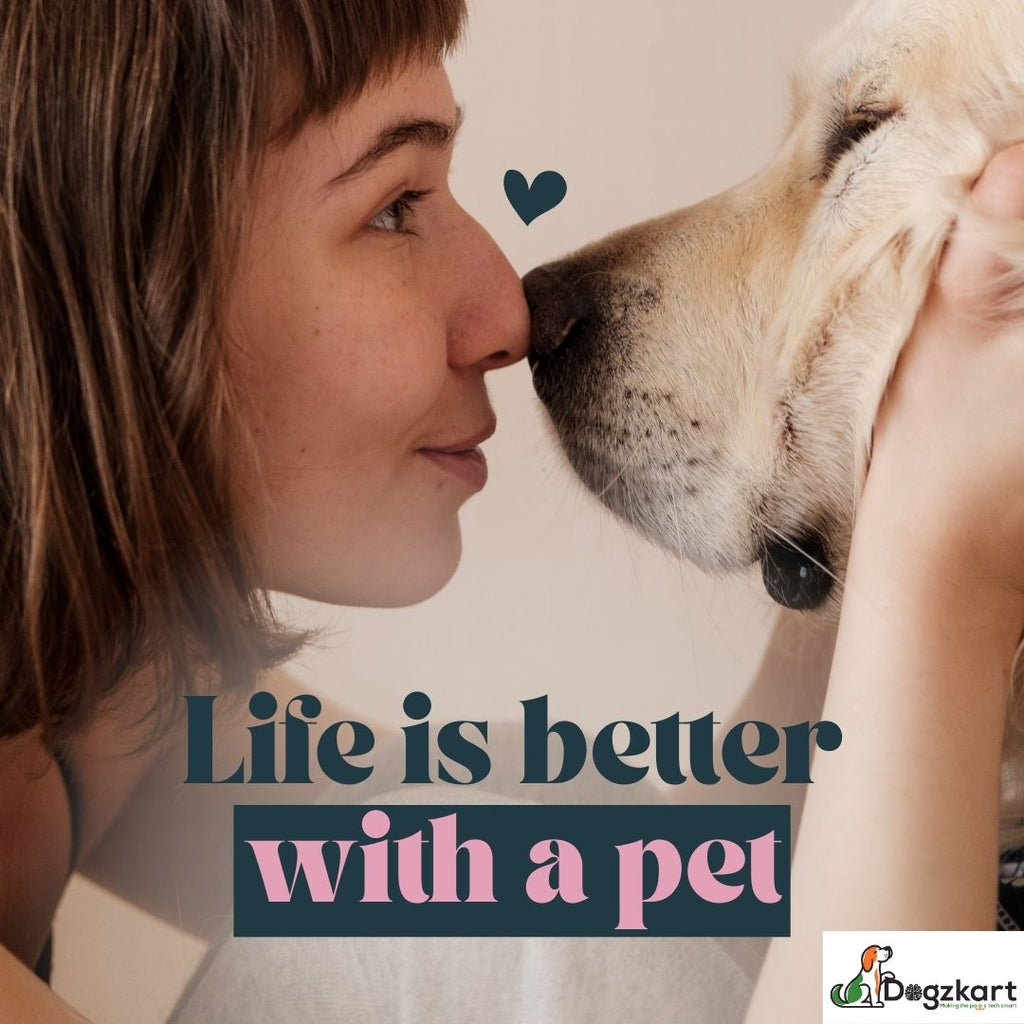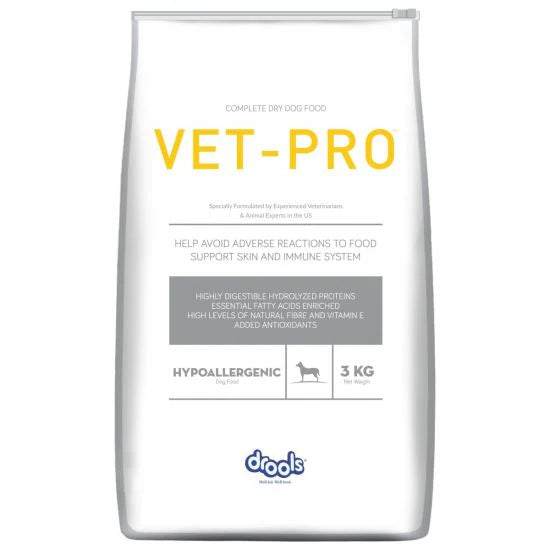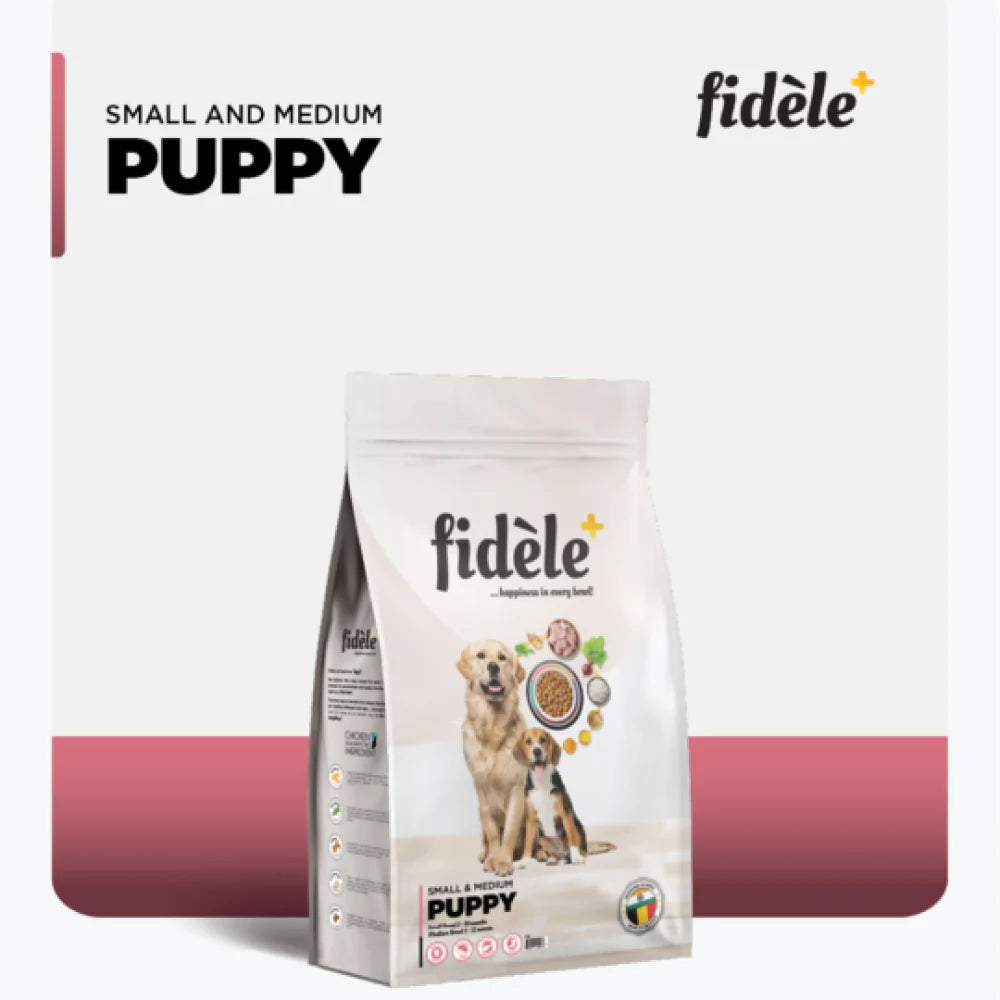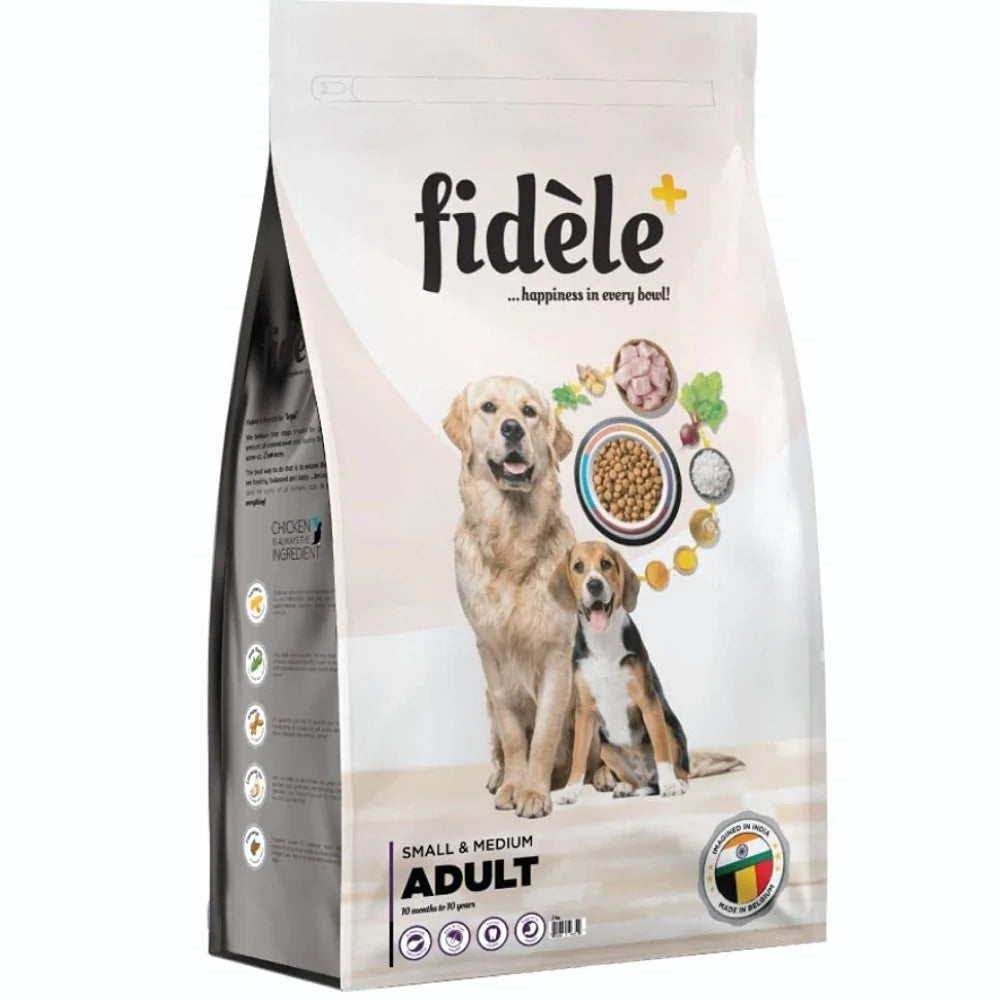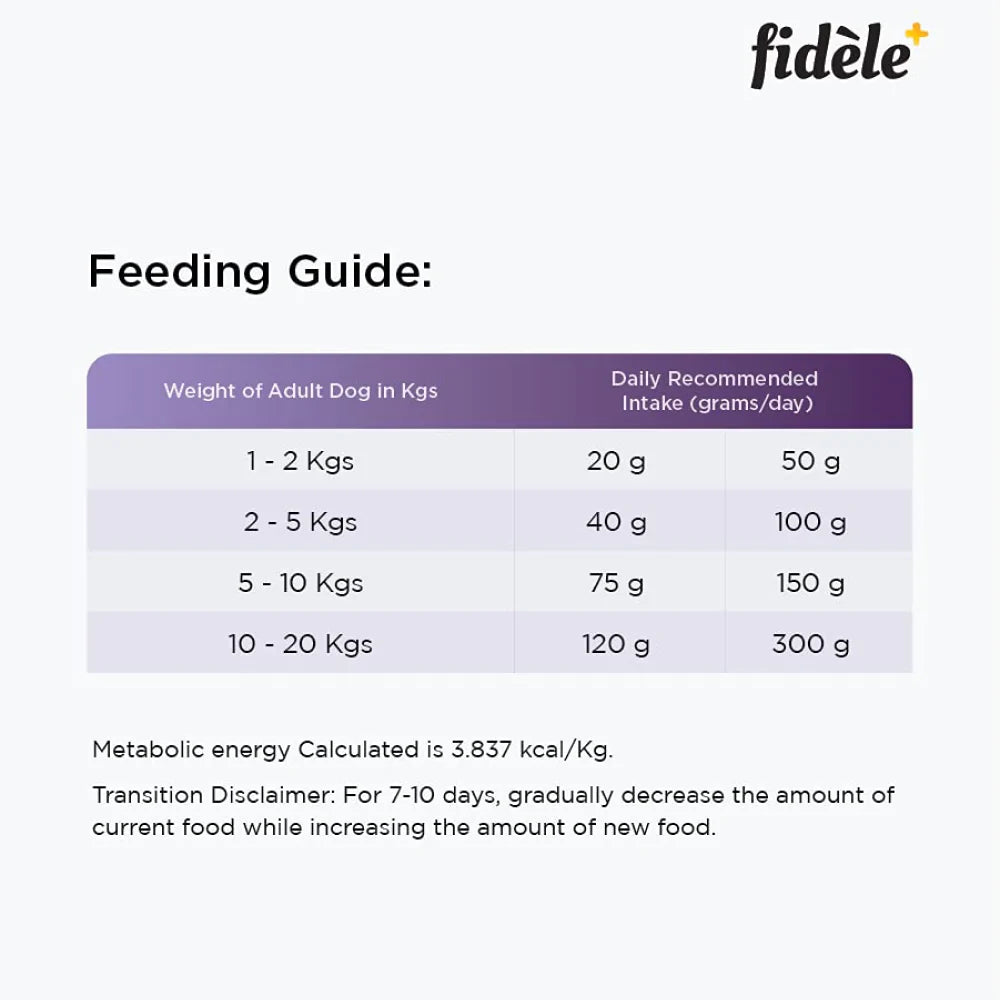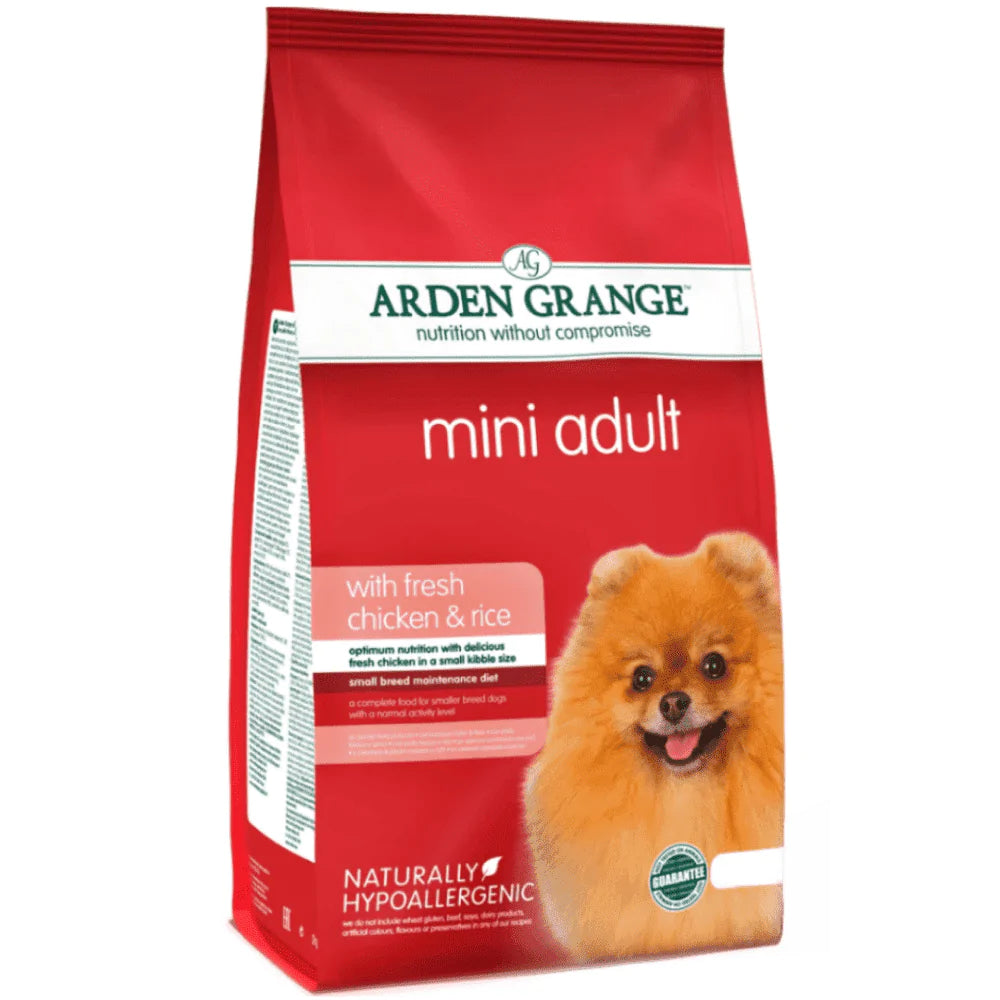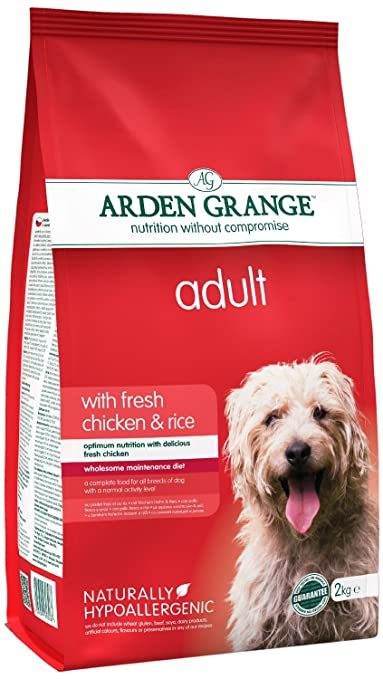
Separation Anxiety: Tips to Help Your Dog Stay Calm

Separation anxiety is a common issue faced by many dog owners. Dogs are pack animals, and being separated from their human companions can trigger feelings of stress and anxiety. If left unaddressed, separation anxiety can lead to destructive behavior and emotional distress for both the dog and the owner. In this blog post, we will explore effective tips to help your dog stay calm and cope with separation anxiety.
-
Gradual Departures and Arrivals: Start by desensitizing your dog to departures and arrivals. Practice short periods of separation, gradually increasing the duration over time. This helps your dog understand that your absence is temporary and builds their confidence in being alone. Similarly, when you return, avoid excessive excitement and instead greet your dog calmly to avoid reinforcing anxious behavior.
-
Establish a Routine: Dogs thrive on routine and predictability. Create a consistent daily routine that includes regular feeding, exercise, and alone time for your dog. Having a predictable schedule helps reduce anxiety by providing a sense of stability and structure in their lives.
-
Provide Mental Stimulation: Engage your dog's mind by providing mental stimulation in the form of puzzle toys, treat-dispensing toys, or interactive games. Mental exercises can help distract your dog and keep them occupied while you are away, reducing anxiety and boredom.
-
Create a Safe and Comfortable Environment: Ensure that your dog has a safe and comfortable space when you're not around. Set up a designated area with their bed, favorite toys, and familiar scents. Consider using white noise or calming music to create a soothing environment that can help mask external noises and promote relaxation.
-
Use Positive Reinforcement: Reward calm behavior and independence. Practice short absences and reward your dog with treats or praise when they remain calm. This reinforces positive associations with being alone and encourages self-soothing behavior.
-
Seek Professional Help if Needed: If your dog's separation anxiety persists despite your best efforts, consider consulting a professional dog trainer or behaviorist. They can provide personalized guidance and develop a behavior modification plan tailored to your dog's specific needs.
Dealing with separation anxiety in dogs requires patience, consistency, and understanding. By implementing these tips, you can help your dog feel more secure and relaxed when left alone. Remember, every dog is unique, so it may take time to find the most effective strategies for your furry friend.
Conclusion:At Dogzkart, we understand the challenges faced by dog owners dealing with separation anxiety. That's why we are committed to providing a range of products and resources to support you and your canine companion. From calming treats to interactive toys, we offer solutions to help alleviate anxiety and promote mental stimulation.
Remember, you are not alone in this journey. Seeking guidance from professional trainers and behaviorists can make a significant difference. Together, we can help your dog overcome separation anxiety and lead a happier, more balanced life.
Trust Dogzkart to be your partner in caring for your beloved pet. Explore our wide range of products and resources at www.dogzkart.com and let us assist you in creating a loving and anxiety-free environment for your furry friend.
With love, patience, and the right support, you and your dog can conquer separation anxiety and strengthen your bond for a lifetime of happiness.



